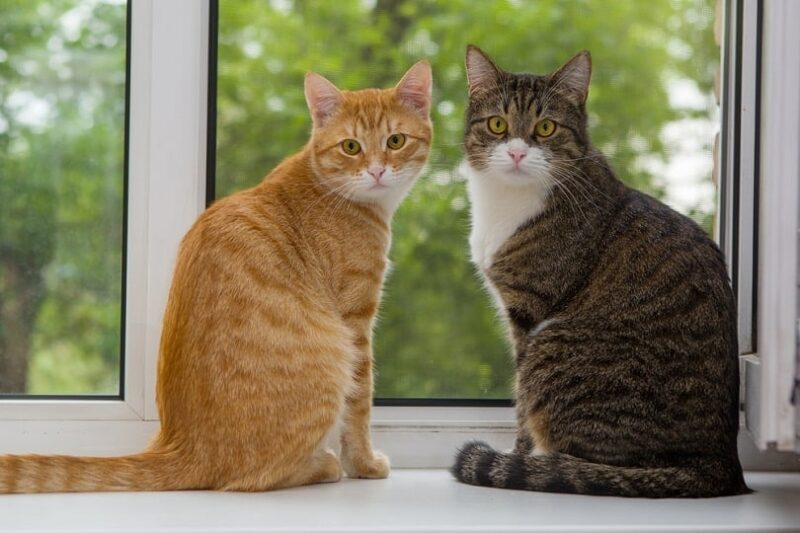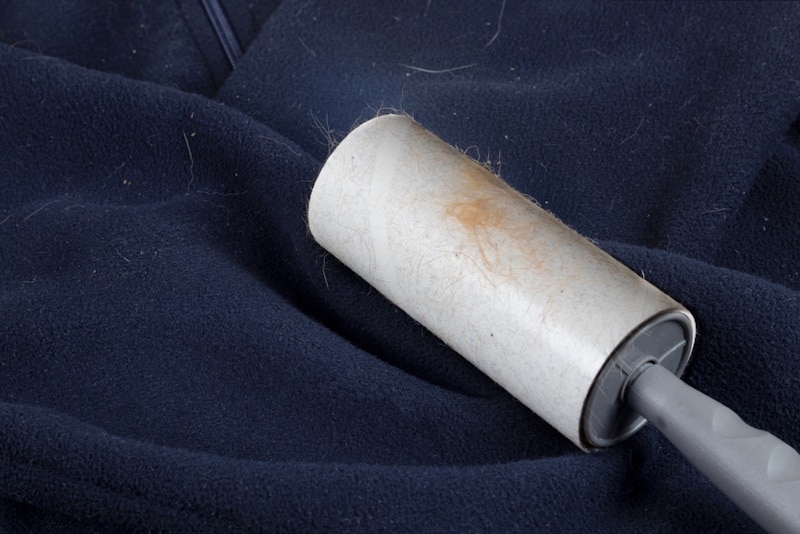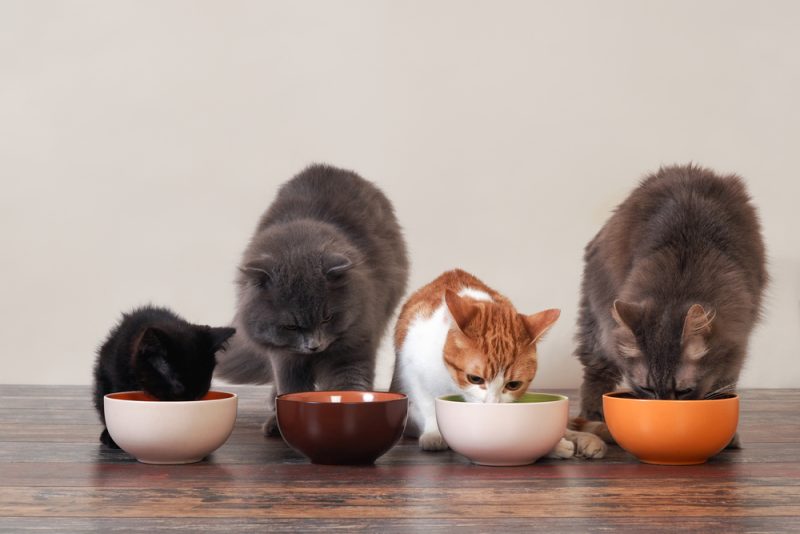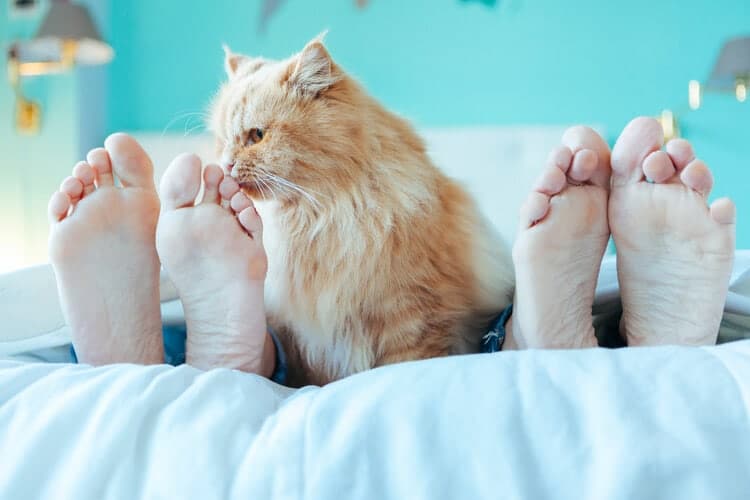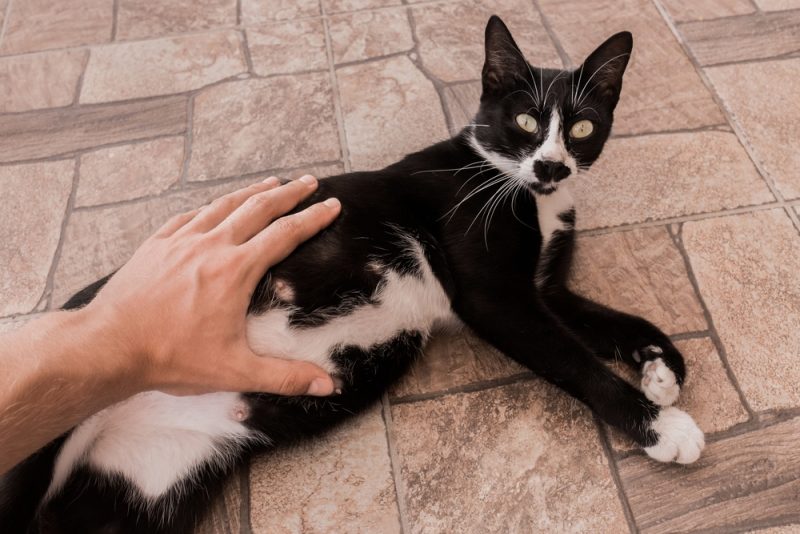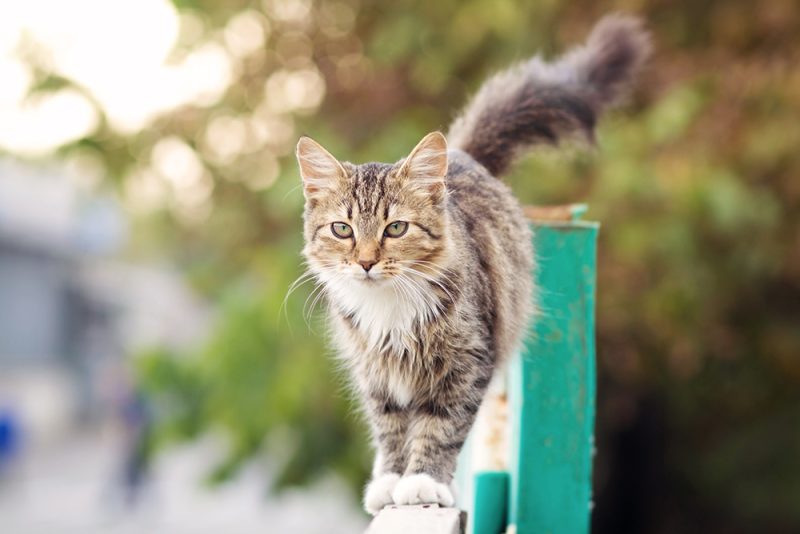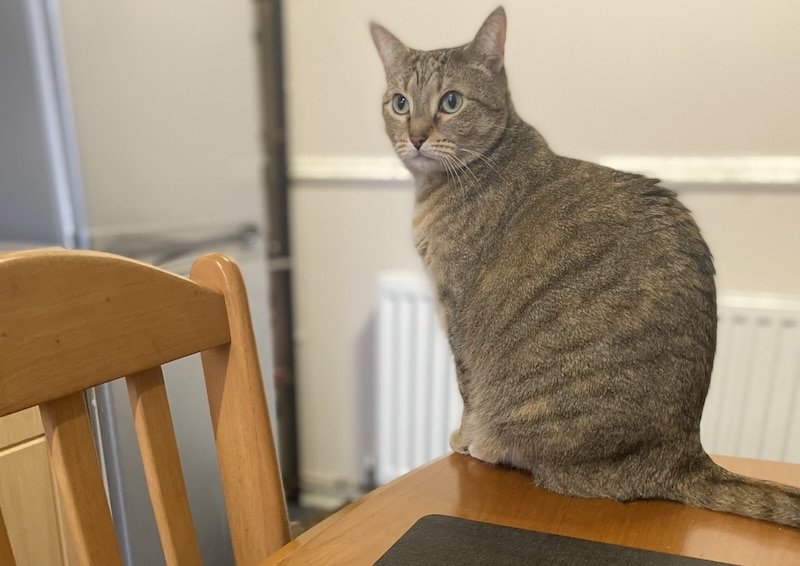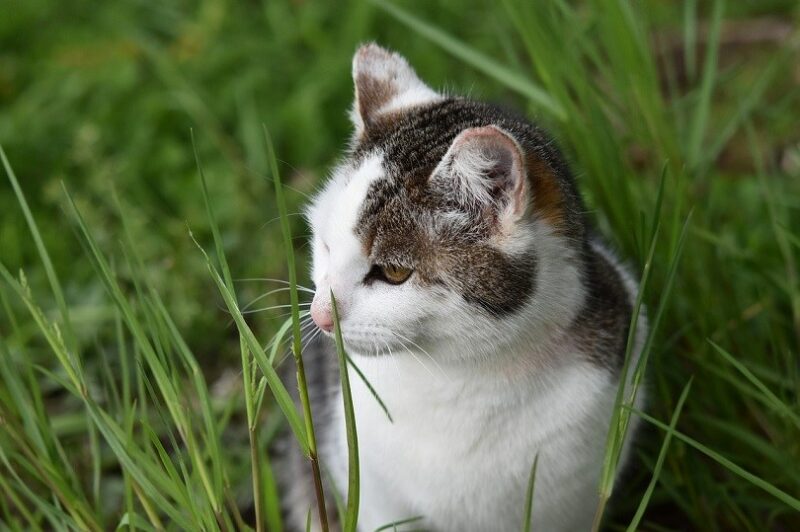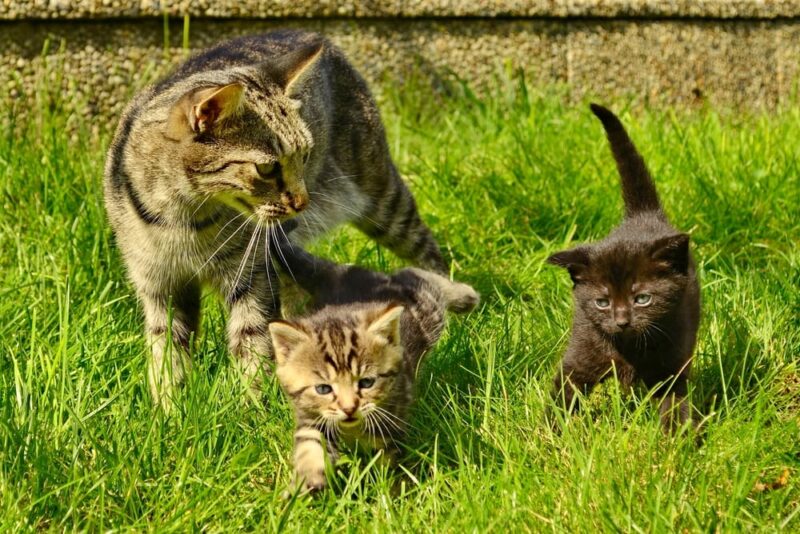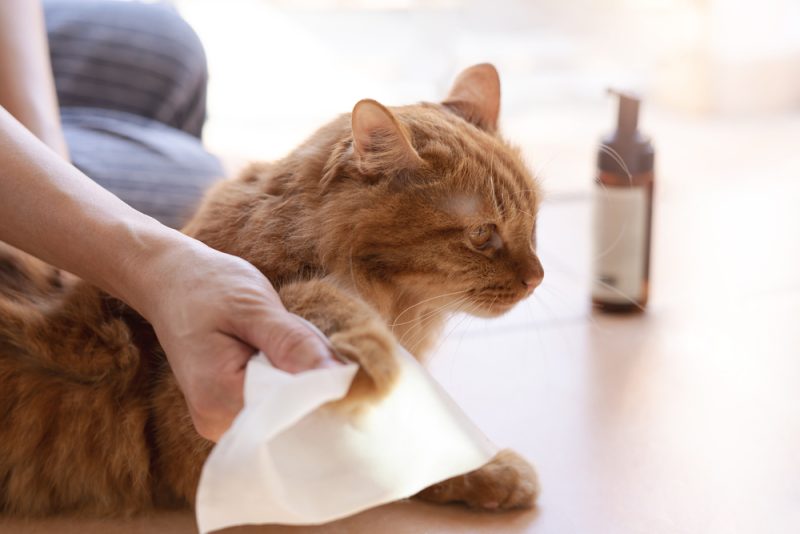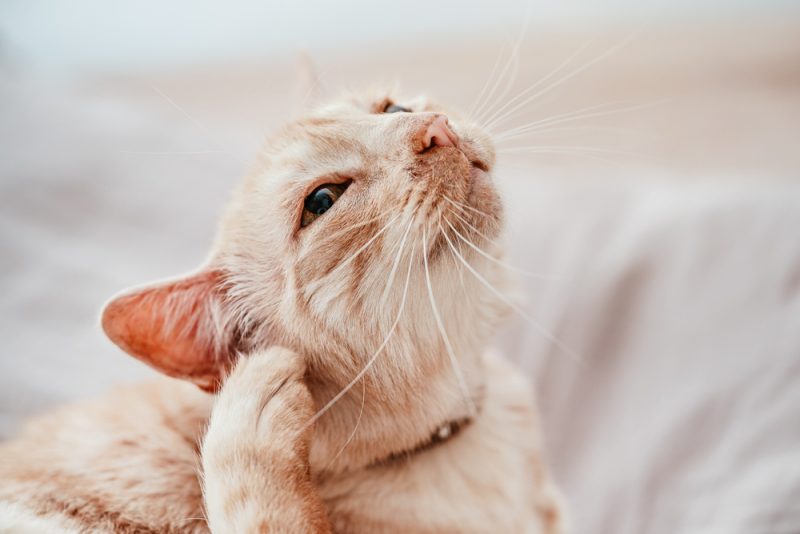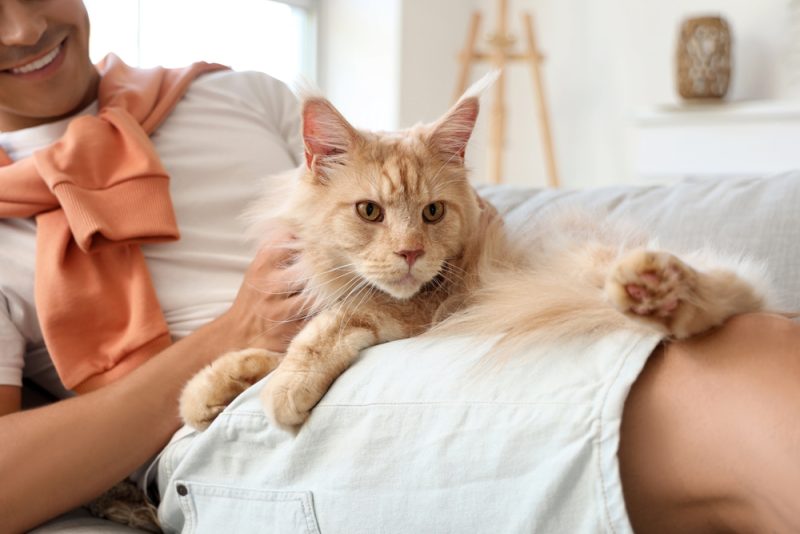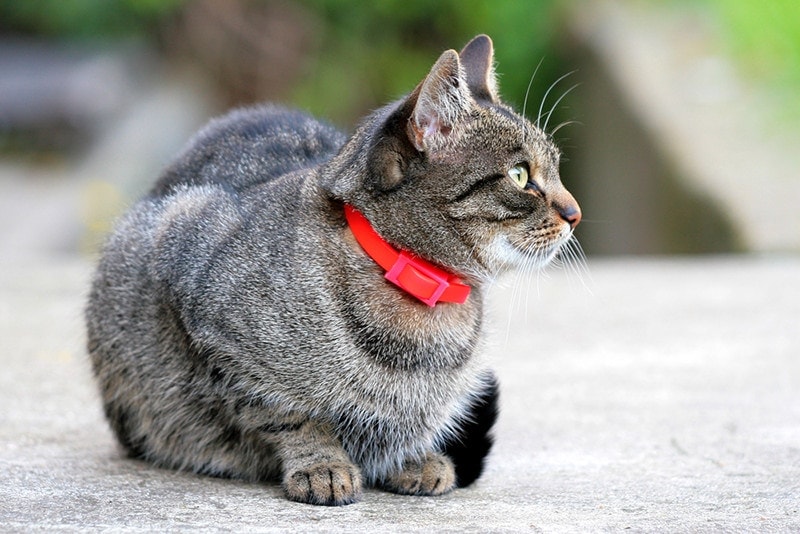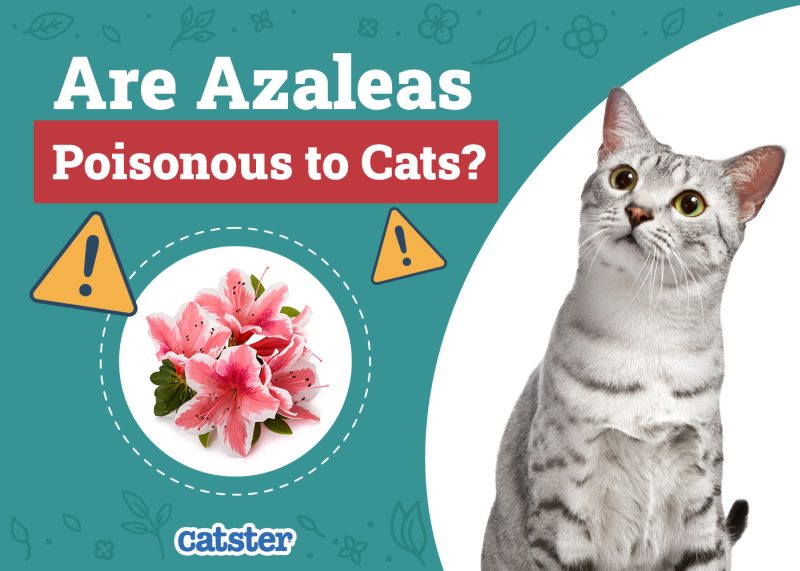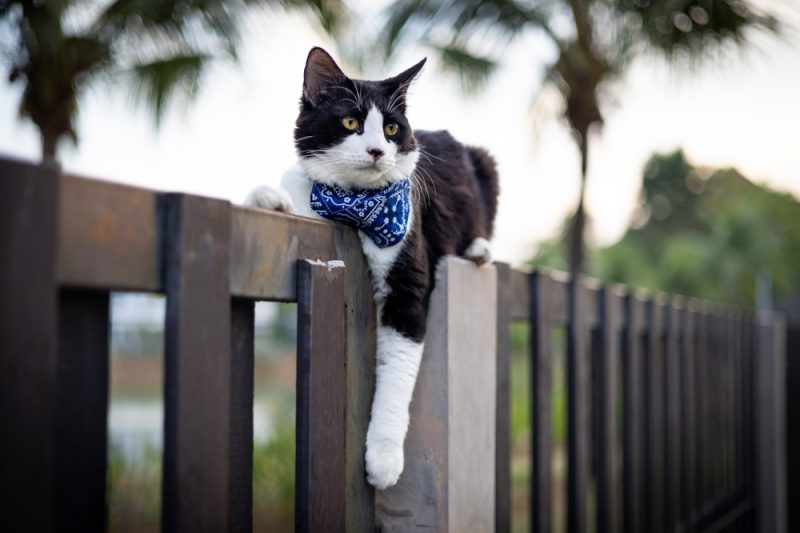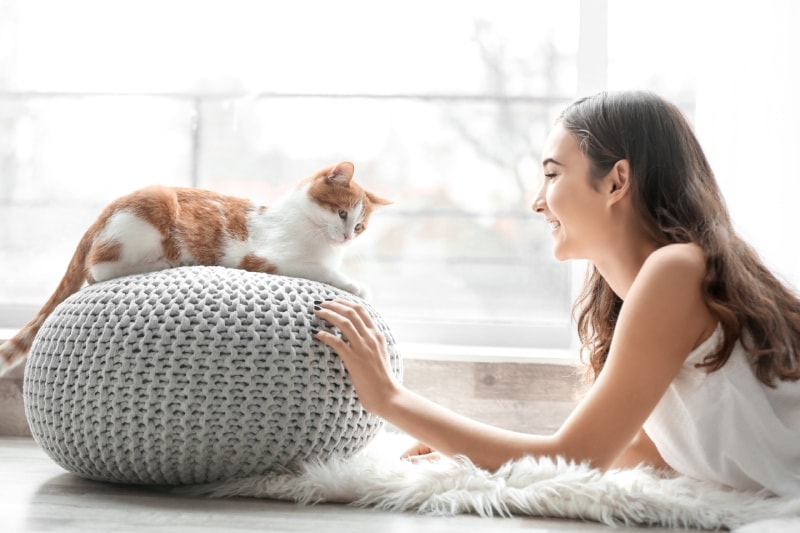The tabby cat is one of the most popular coat patterns in cats, inherited from their ancestor, the African wild cat, scientific name Felis silvestris lybica, also referred to as the Near Eastern wildcat. These cats still live in North Africa and parts of asia. If you have a tabby cat and want to learn interesting facts about them, keep reading while we list 11 fascinating facts about tabby cats.

Tabby Basics
1. Tabby Is Not a Breed
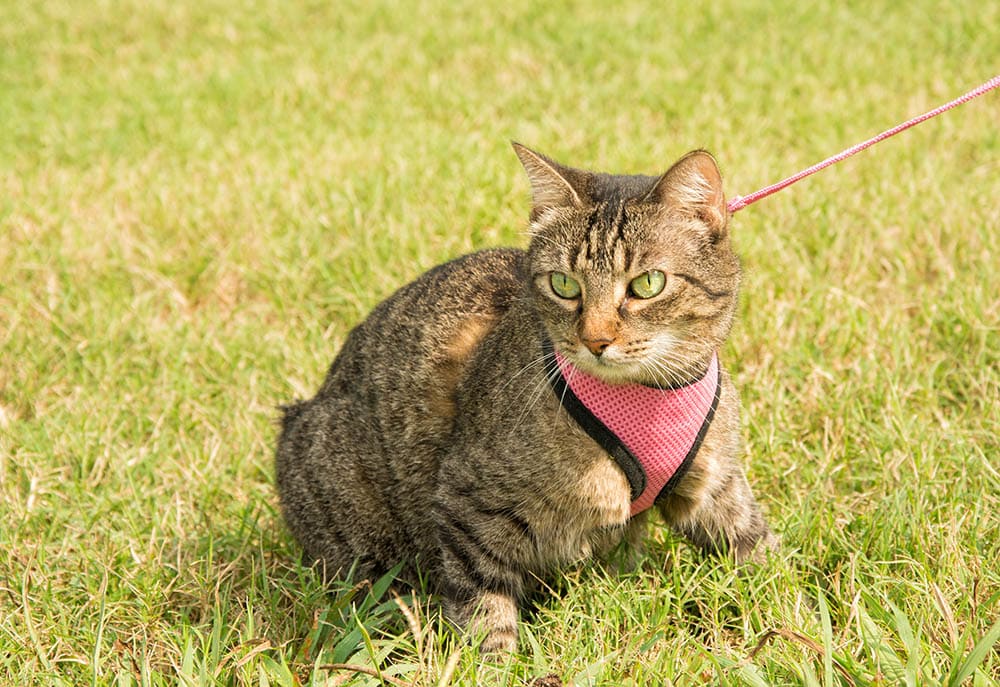
The tabby cat is not a breed but a pattern of markings on the cat’s body. Almost every cat breed has members that are considered tabby cats.
2. Tabby Cats Have the Letter M on Their Forehead
A tabby cat’s defining characteristic is the letter M’s presence on the cat’s forehead between the ears. They will also commonly have stripes by the eyes and across the cheeks.
3. Tabby Cats Can Have Several Coat Colors
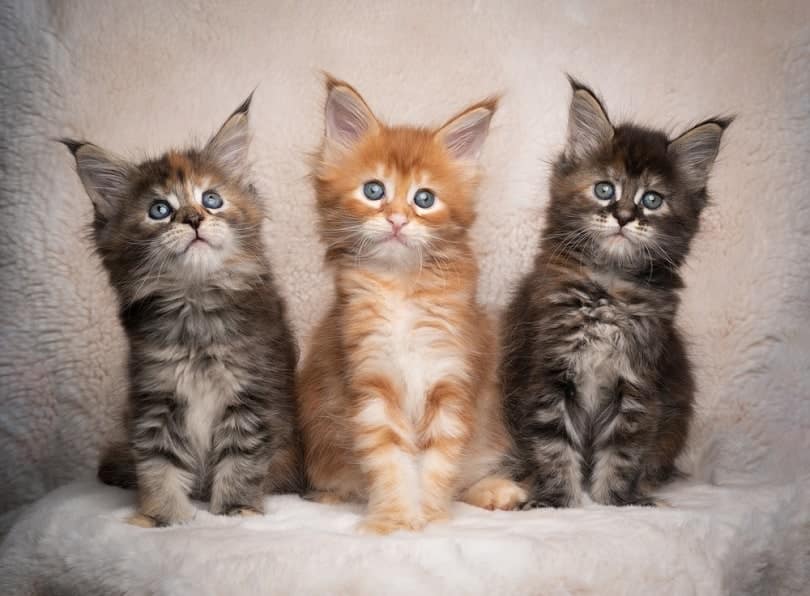
Tabby cats’ coats come in several colors: brown, gray, orange, red, fawn, sable, and many more.

Tabby Patterns
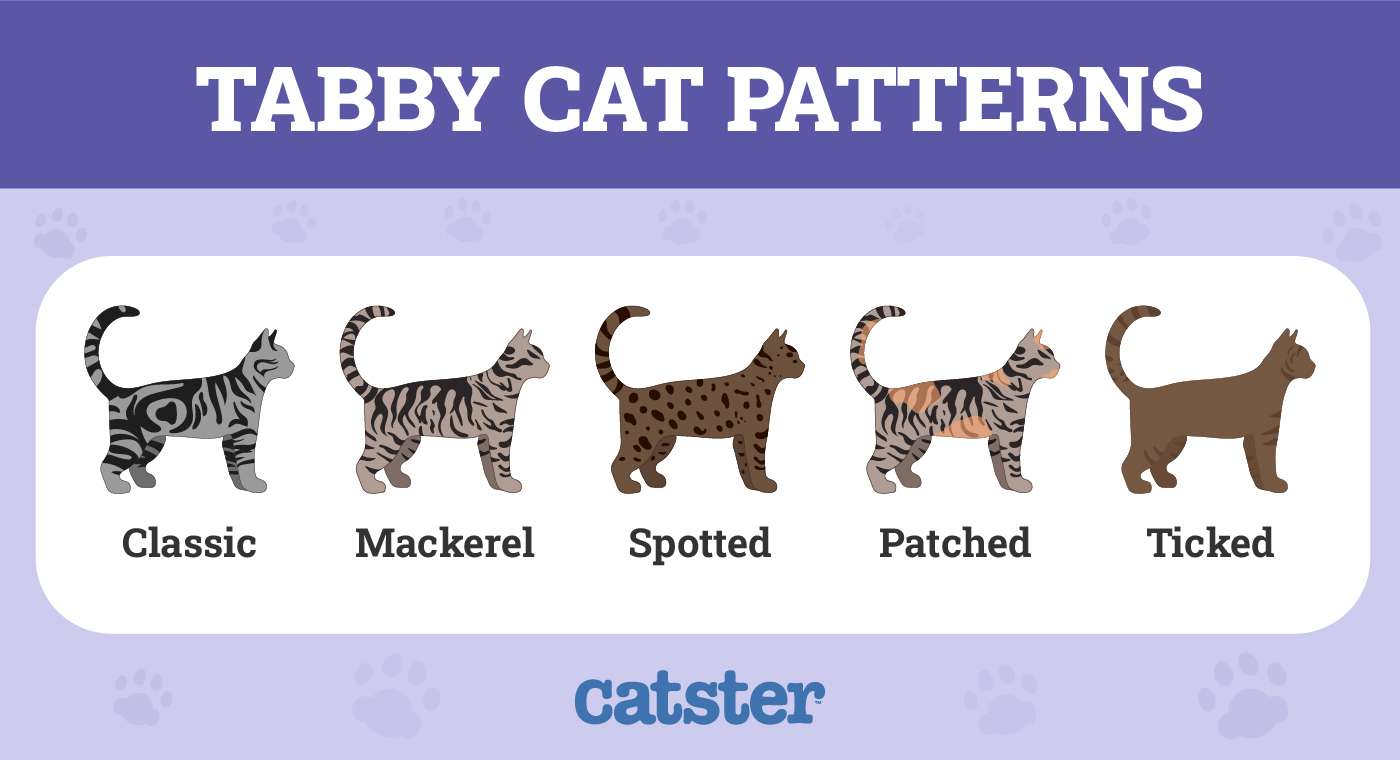
4. Tabby Cats May Have Spots
Tabby cats can have many patterns on their body, and some have spots. These spots can be of various light and dark patterns, causing the cat to have a leopard-like appearance or be nearly invisible. Some cat breeds with tabby coats and unique spots include the Bengal, Egyptian Mau, Ocicat, Savannah, and Exotic Shorthair.
5. Tabby Cats May Have a Mackerel Pattern
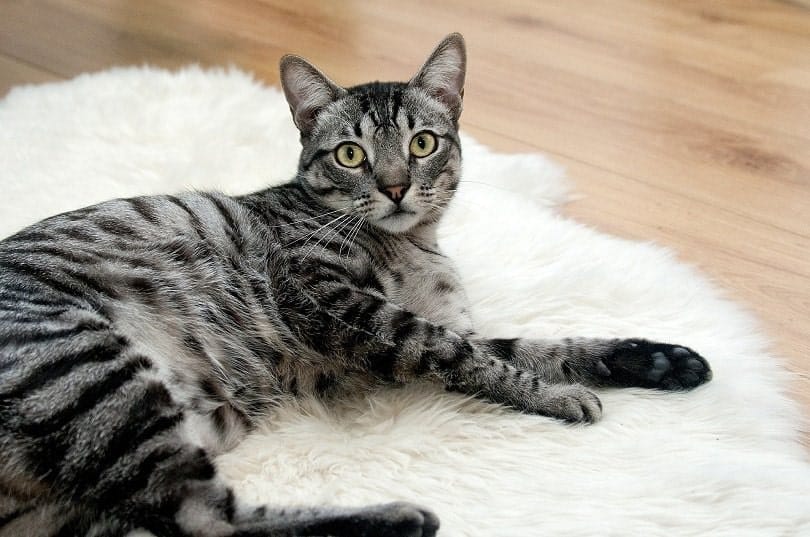
The mackerel pattern tabby cat, as the name suggests, is a pattern that resembles fish bones with a long stripe down their back from shoulder to tail and a series of vertical stripes down the sides. This pattern is pervasive in most breeds that present the tabby pattern, and all the tabby patterns started with mackerel.
6. Tabby Cats May Have a Tortoiseshell Pattern
The tortoiseshell pattern is a bi-color pattern, mainly black or gray brown, with orange or red coloring and very little or generally no white. This is rare in male cats, while being associated mainly with female cats because the color genes are related to gender. You can find it in any breed, such as the Maine Coon, Cornish Rex, and American Shorthair.
7. Tabby Cats Can Have a Patched Pattern
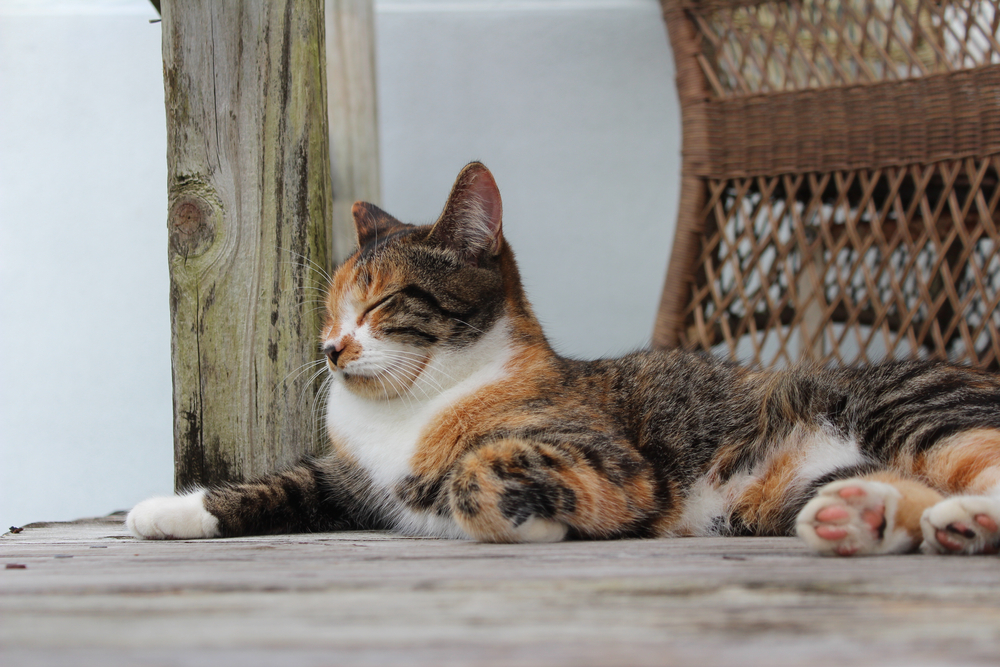
Patched tabby cats have large patches of color that follow no uniform pattern. The spots can be different on one side than the other, and any breed with the tabby pattern can have patches, so it is pretty common.
8. Tabby Cats Have Agouti Gene
The agouti gene produces a protein that regulates the distribution of black pigment (eumelanin) within the hair shaft, where the dominant allele produces alternating bands of yellow and black color, ending with black tips. Cats with non-agouti allele will have solid hair color without the bands. This banding may cause the hair to appear to change color as they move or when you pet them.

Tabby Facts
9. Tabby Cats Can Have Various Personalities
Like any other cat, tabbies may have a wide range of personalities that have been recently split into five different personality traits. Each cat has them all in varying degrees, and they include neuroticism, extraversion, dominance, impulsiveness, and agreeableness. This division was based on a study of cat personalities according to their owner’s perception and a psychological personality model used in people.
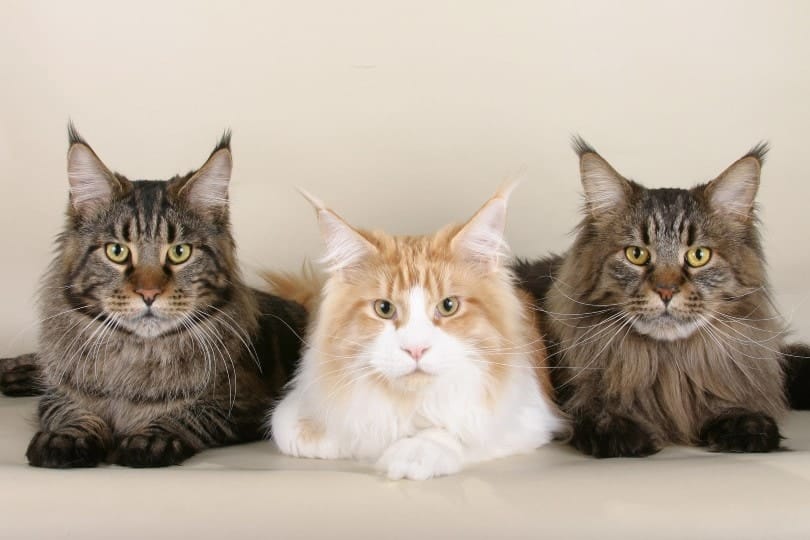
10. Tabby Cats Have Originated From the African Wildcat
Using ancient DNA analysis, today, we know that the Near Eastern and Egyptian populations of Felis silvestris lybica contributed to the gene pool of the domestic cat at different historical times. The mackerel tabby pattern was the one from which other tabby patterns originated, as breeding of cats occurred later than with most other domesticated animals.
Since ancient times, humans have used tabby cats in their homes, barns, and boats for their excellent hunting capabilities.
11. Tabby Cats Outnumber Non-Tabby Cats
Tabby cats account for a large percentage of felines, and you will struggle to find tabby cats without the trademark M on their forehead. Solid color cats are available in many breeds, including the British Blue and Angora cats, and hairless cats like the Sphynx and the Peterbald are the primary exceptions.
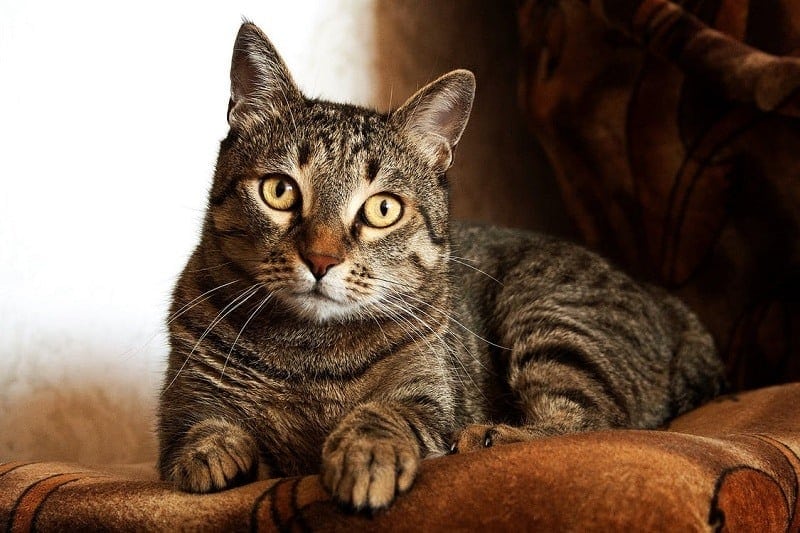

Summary
We hope you have enjoyed reading about all the traits you are likely to find when owning a tabby cat and have learned more about them. Tabby cats come in various colors and patterns to suit any taste. If we convinced you to adopt one as your next pet, please share these 11 fascinating facts about tabby cats on Facebook and Twitter.
See also:
Featured Image Credit: Okssi, Shutterstock
